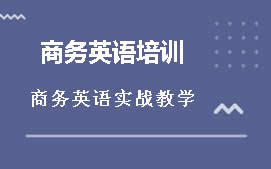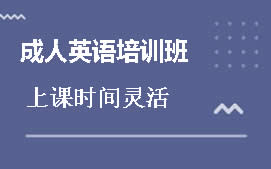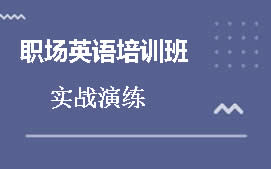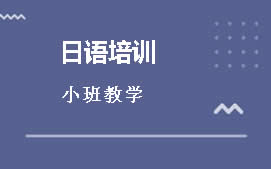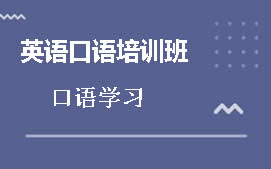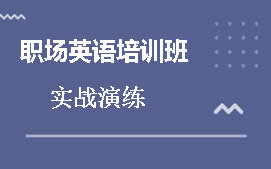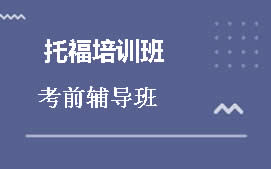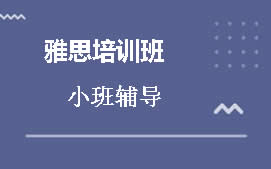1. Read only the first sentence of a paragraph.
If your author is good author, he or she will begin each paragraph with a key statement that tells you what that paragraph is about. By reading only the first sentence, you can determine if the paragraph has information you need to know.
假如创作者够水平得话,他/她在*一段的开始都是会交待一下此段所的大约內容。只需读*一段的*一句话,你也就可以分辨出此段是否有你要掌握的信息内容了。
If you're reading literature, this still applies, but know that you may miss details that enrich the story. When the language in literature is artful, I would choose to read every word.
假如你读的是文学著作得话,这一方式仍然可用。但是要了解,那样的话你很有可能会错过了许多 用以丰富多彩小故事的关键点。假如所读的文学著作巧舌如簧得话,我能挑选一字一句地捧读。
2. Skip to the last sentence of the paragraph.
The last sentence in a paragraph should also contain clues for you about the importance of the material covered. A last sentence often serves two functions -- it wraps up the thought expressed and provides a connection to the next paragraph.
一段的最终一句话也应当会包括相关这一段原材料的必要性的案件线索。段末一句话一般来说有两个作用-汇总一下所表述的观念;为下一段作衔接。
3. Read phrases.
When you've skimmed first and last sentences and determined the paragraph is worth reading, you still don't need to read every word. Move your eyes quickly over each line and look for phrases and key words. Your mind will automatically fill in the words between.
当访问过段首及段末的几句话后,如果你觉得这一段內容非常值得你来读,你也无须逐句细读。双眼迅速扫描仪每排文本,找寻短语和关键字。你的人的大脑会全自动帮你补齐这些绕过的文本的。
4. Ignore the little words.
Ignore the little words like it, to, a, an, and, be -- you know the ones. You don't need them. Your brain will see these little words without acknowledgment.
忽视例如it,to,a,an,and,be等“小词”-这种词你熟识了。(在阅读文章全过程中,)你并不一定她们。你的人的大脑会自动检索这种小词的。
5. Look for key points.
Look for key points while you're reading for phrases. You're probably already aware of the key words in the subject you're studying. They'll pop out at you. Spend a little more time with the material around those key points.
在以短语为企业开展阅读文章时,留意找寻关键点。关于文章内容中研究对象的关键字,很有可能你一直在事前已*心里有数了。在阅读文章全过程中,这种关键字会在你眼下蹦出来。多花一点时间在这些关键点周边的原材料上。
